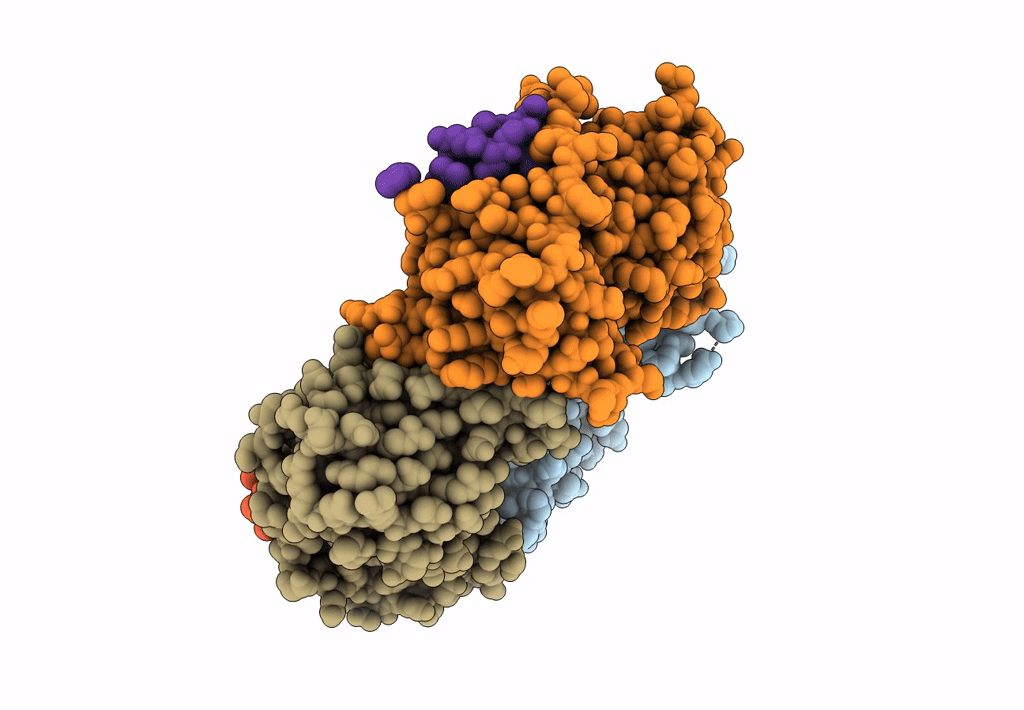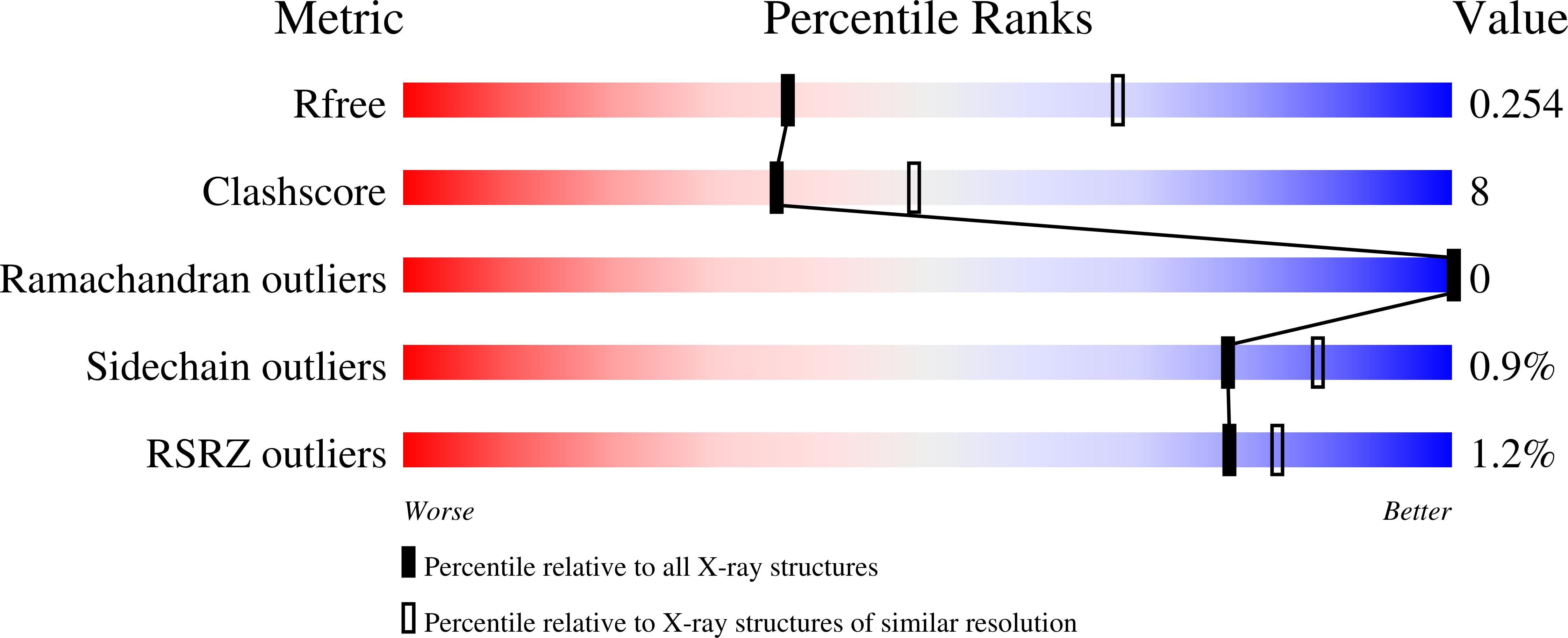
Deposition Date
2023-02-27
Release Date
2023-04-19
Last Version Date
2024-11-20
Entry Detail
PDB ID:
8COB
Keywords:
Title:
Crystal structure of human PCNA in complex with ERCC6L2 PIP box peptide
Biological Source:
Source Organism:
Homo sapiens (Taxon ID: 9606)
Host Organism:
Method Details:
Experimental Method:
Resolution:
2.73 Å
R-Value Free:
0.25
R-Value Work:
0.19
R-Value Observed:
0.19
Space Group:
P 21 21 21


